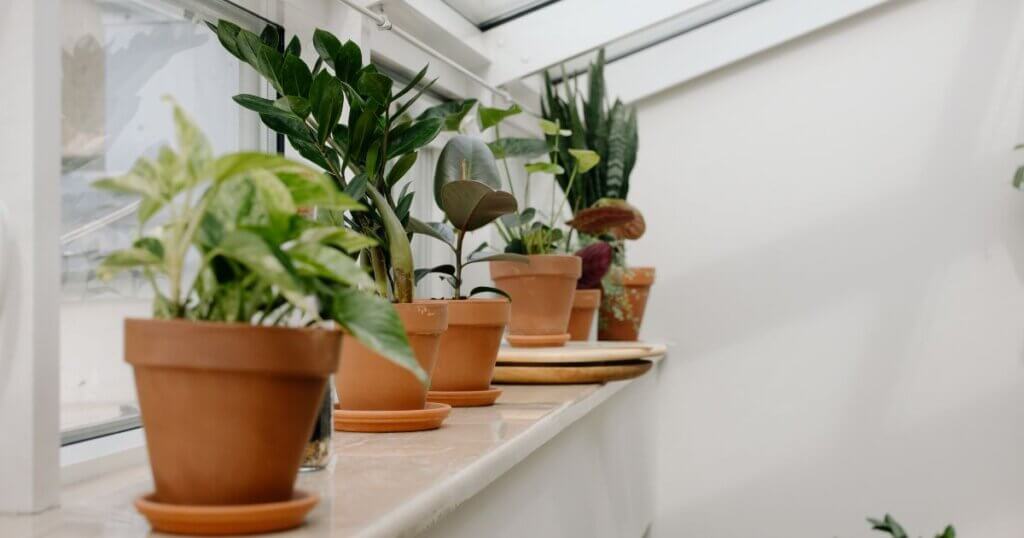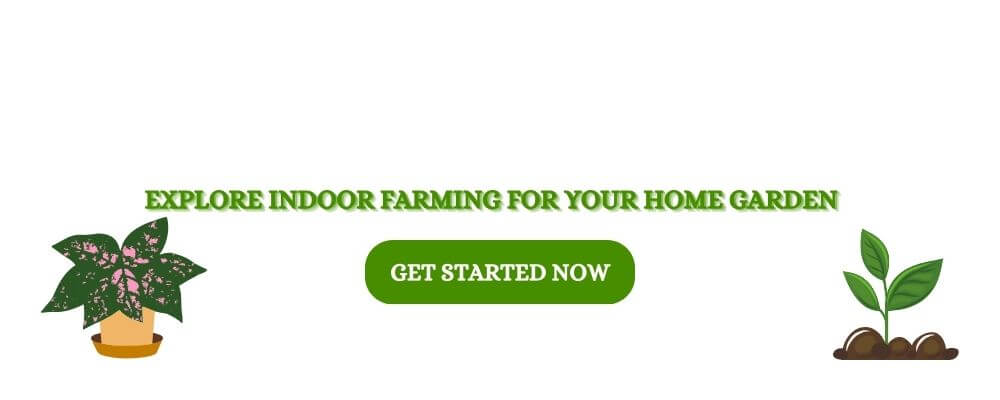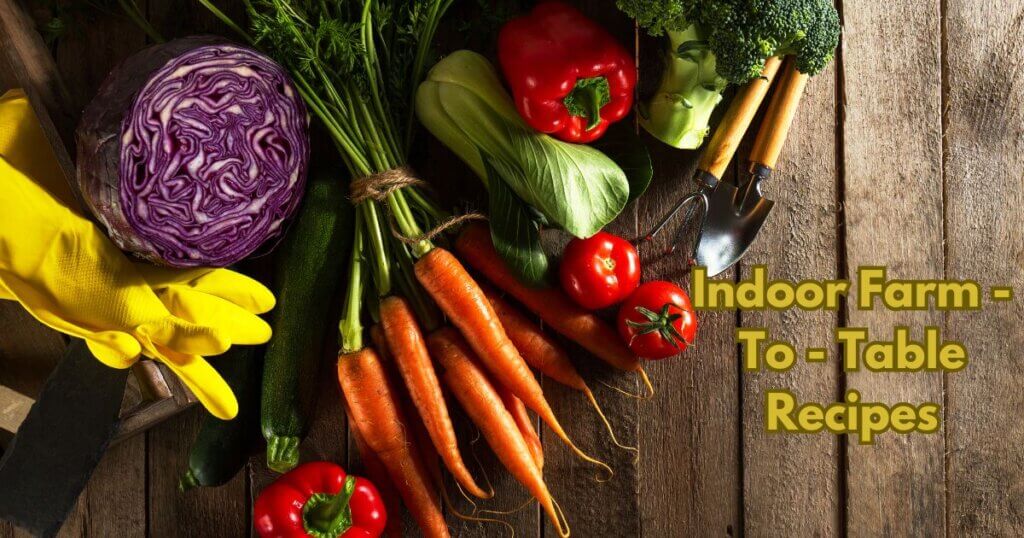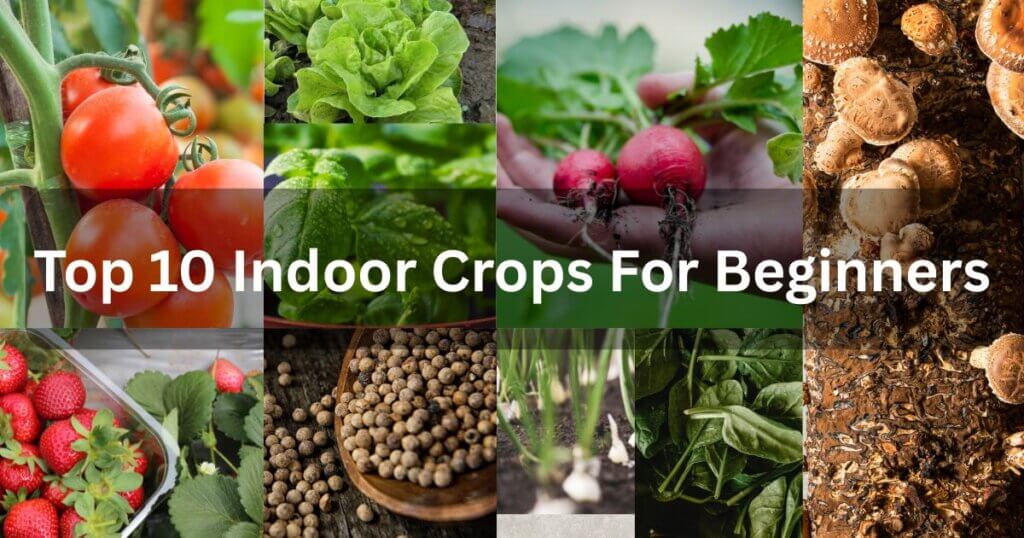10 Indoor Gardening Hacks You Must Try Today for Lush Indoor Gardens

Some of the links in this post are affiliate links. As an Amazon Associate, we earn a referral fee from qualifying purchases—at no extra cost to you.
Indoor gardening is gaining tremendous popularity as more people discover the joy and benefits of cultivating greenery within their living spaces. Whether you have a spacious apartment or a tiny studio, indoor gardening allows you to create a thriving oasis of plants that beautify your home and improve air quality. We will explore ten essential indoor gardening hacks that will help you create and maintain a lush indoor garden that flourishes year-round.
Table of Contents
Choosing the Right Plants for Indoor Gardening
The first step to successful indoor gardening is selecting the right plants. Some plants are better suited for indoor conditions due to their adaptability and low-maintenance requirements. Low-maintenance plants such as Pothos, Snake, and Spider plants are excellent choices for beginners. These plants can tolerate various light conditions and are forgiving regarding watering mistakes. If your indoor space lacks natural light, consider plants that thrive in low light, such as peace lilies and ZZ plants (Zanzibar Gem).
If you’re just starting out and looking for an easy indoor plant bundle, we recommend the Costa Farms Clean Air – O2 for You Live House Plant Collection. It’s a beautiful mix of hardy indoor plants like Snake Plants and Peace Lilies, which are ideal for low-light spaces and great for beginners.
Creating a Dedicated Indoor Garden Space
To ensure optimal growth and organization, creating a dedicated space for your indoor garden is essential. This area can be as small as a windowsill or as extensive as a spare room; you should evaluate your available space and consider factors like natural light and accessibility. Use vertical space by installing shelves or hanging planters if your space is limited. This will allow you to maximize the number of plants you can accommodate without cluttering your living area.
To maximize your indoor garden space, consider the Bamworld 5-Tier Indoor Plant Stand. It’s a stylish, sturdy stand perfect for displaying multiple plants vertically without taking up much room.
Optimize your Lighting for Healthy plant Growth
Light is a crucial factor in indoor gardening, as most indoor environments do not provide the same intensity of sunlight as outdoors. You can utilize artificial lighting options to ensure your plants receive adequate light. LED grow lights are popular because they are energy-efficient and emit the optimal light spectrum for plant growth. Considering their light requirements, place the lights at the appropriate distance from your plants. It is also important to provide a duration of light exposure that mimics natural daylight cycles.
If your plants need a light boost, the GE BR30 Full Spectrum LED Grow Light Bulb is an excellent, affordable option. It fits standard lamps and provides the full light spectrum essential for healthy plant growth indoors.
Provide Adequate Watering
Watering is a fundamental aspect of indoor gardening, but it can be challenging to strike the right balance. Overwatering or underwatering can lead to root rot or dehydration, respectively. To prevent these issues, it’s important to understand the watering requirements of your plants. Research the specific needs of each plant, considering factors such as soil moisture retention and drainage. Implementing self-watering systems or using moisture meters can help you maintain the ideal moisture level for your plants.
To take the guesswork out of watering, we suggest using the XLUX Soil Moisture Meter. Just insert it into the soil and instantly know when it’s time to water your plants
Maintain Proper Humidity Levels
Humidity plays a vital role in the health and growth of indoor plants. While the natural humidity in your home may not be ideal for all plants, there are ways to increase or decrease it as needed. For plants that prefer higher humidity, such as Ferns and Orchids, using a humidifier or placing trays filled with water near them can create a more favorable environment. On the other hand, if your plants require lower humidity, you can use a dehumidifier or improve ventilation by opening windows periodically.
For humidity-loving plants like Ferns and Orchids, a compact humidifier like the Pure Enrichment MistAire Ultrasonic Cool Mist Humidifier can make a big difference in plant health.
Ensure Your Garden Space Has Proper Air Circulation
Proper air circulation prevents stagnant air and facilitates gas exchange in indoor gardens. Plants may be prone to fungal diseases and weak growth without sufficient air movement. To improve air circulation, consider using fans strategically positioned near your plants. Ceiling fans or oscillating fans can help simulate gentle breezes, strengthening the stems and improving overall plant health. Additionally, periodically opening windows allows fresh air to circulate, benefiting plants and humans.
To promote healthy air circulation around your indoor plants, try the Windmill Smart Air Circulator Fan. A stylish and compact fan that complements your decor. It’s quiet on the first two settings and powerful enough to circulate air as needed, helping to prevent issues like mold and stagnant air around your plants.
Choose the Right Potting Soil and Fertilizers
Potting soil is essential for providing adequate nutrients and drainage to your indoor plants. Avoid using garden soil, as it may not be well-suited for potted plants. Instead, opt for high-quality potting soil mixes specifically formulated for indoor gardening. These mixes are lightweight, well-draining, and enriched with organic matter to promote healthy root development. In addition to selecting the right soil, using appropriate fertilizers ensures that your plants receive essential nutrients. Organic fertilizers or slow-release granules are popular options that provide a steady supply of nutrients over time.
For optimal growth, consider using FoxFarm Happy Frog Potting Soil, designed specifically for indoor plants. It provides essential nutrients, ensures proper drainage, and is formulated to be less prone to gnats by excluding compost or bark.
Pruning and Trimming Techniques
Pruning is an essential practice for maintaining healthy and aesthetically pleasing indoor plants. Regular pruning helps remove dead or diseased foliage, stimulates new growth, and supports the shape and size of your plants. When pruning, use clean and sharp tools to minimize damage to the plant. Pay attention to each plant’s specific pruning requirements; some may need regular pinching or selective trimming. Keeping your plants well-groomed can prevent overcrowding and ensure optimal air circulation and light penetration.
For precise and effortless pruning, consider the VIVOSUN 6.5 Inch Gardening Scissors Hand Pruner. These micro-tip snips feature ultra-sharp stainless steel blades and a spring-loaded design to reduce hand strain, making them ideal for trimming flowers, herbs, and small plants. Their secure locking mechanism ensures safety when not in use, and the comfortable grip handles are suitable for both right and left-handed users.
Pest Control Measures for Indoor Gardens
Indoor gardens are not immune to pests, and it’s important to be proactive in controlling them to prevent infestations. Common pests that affect indoor plants include aphids, spider mites, and fungus gnats. Instead of harsh chemical pesticides, consider natural remedies to keep these pests at bay. Neem oil, insecticidal soaps, and the introduction of beneficial insects like ladybugs can help control pest populations effectively. Regular inspections of your plants, especially the undersides of leaves, can help detect early signs of infestation and allow for prompt intervention.
For natural pest control, we suggest the Bonide Ready-to-Use Neem Oil Spray. It’s safe for indoor plants and effective against common pests like aphids and spider mites.
Decorative and Creative Ideas for Indoor Gardens
Indoor gardening is not only about plant care but also about creating visually appealing displays. Enhance the beauty of your indoor garden by incorporating decorative elements such as stylish planters, terrariums, and hanging baskets. These additions add aesthetic value and provide functional benefits like better drainage or space optimization. Additionally, unleash your creativity by exploring DIY projects like vertical herb gardens or succulent arrangements. Personalize your indoor garden to reflect your style and create a unique green sanctuary in your home.
Add a creative touch to your indoor garden with the TerraGreen Creations DIY Terrarium Kit, which includes everything you need to craft a charming mini ecosystem.
Indoor gardening offers a delightful way to bring nature into your living space while enjoying numerous benefits. By implementing the ten indoor gardening hacks discussed in this article, you can create and maintain a flourishing indoor garden that provides beauty, cleaner air, and a sense of tranquillity. Remember to choose the right plants, optimize lighting and watering techniques, ensure proper air circulation and humidity, and pay attention to maintenance tasks like pruning and pest control. With these hacks, your indoor garden will thrive, providing a year-round oasis of greenery. Start implementing these hacks today and witness the transformation of your indoor space into a lush and vibrant haven of nature.
FAQs – Indoor Gardening Hacks
1. How often should I repot my indoor plants?
Repotting your indoor plants depends on their growth rate and size. Generally, you should report them every 1-2 years, or when they outgrow their current pots or show signs of root-bound conditions (roots growing through drainage holes or circling the pot). Ensure you choose a pot that is 1-2 inches larger in diameter than the current one to give the roots more room to grow.
2. What are some common signs that my indoor plants are overwatered?
Overwatering is a common issue in indoor gardening. Signs of overwatering include yellowing leaves, wilting, a musty smell from the soil, or the presence of mold or fungus. The soil may feel soggy, and the roots may start to rot if the issue persists. To avoid this, make sure your pots have proper drainage, and always check the soil moisture before watering.
3. Can I grow edible plants indoors?
Yes, many edible plants can thrive indoors, such as herbs (basil, parsley, mint), leafy greens (spinach, lettuce), and even dwarf varieties of vegetables like tomatoes and peppers. These plants usually require more light, so make sure they receive enough natural light or supplement them with grow lights. Indoor edible gardening is a great way to enjoy fresh herbs and greens all year round.
4. How do I deal with indoor plant toxicity if I have pets or children?
Many indoor plants can be toxic to pets and children if ingested. If you have pets or young children, research the safety of plants before bringing them indoors. Consider non-toxic plants like spider plants, Boston ferns, or the prayer plant. If your plants are toxic, place them in areas that are out of reach, such as high shelves or hanging planters.
5. Can I use regular tap water for my indoor plants?
Tap water can be used for most indoor plants, but it’s important to consider the quality of your water. Some plants may be sensitive to chlorine or fluoride found in tap water. If your water is hard or contains high levels of salts, it can build up in the soil and damage your plants. In such cases, consider using filtered or distilled water for better plant health.
Other Useful Resources Related To Indoor Gardening Hacks
- Indoor Gardening – My Aerogarden and Houseplant Blog
This blog offers a day-to-day diary of experiences with indoor gardening, focusing on apartment and office living. It provides insights into container gardening, hydroponics, and product reviews. - A Beginner’s Guide to Indoor Gardening (6 Tips You Should Know)
Back to the Roots offers a comprehensive guide for starting your indoor garden, including plant recommendations and care tips. - Inspiring Indoor Gardening Blogs
Thompson & Morgan has curated a list of expert indoor gardening blogs, providing hints, tips, and ideas for creating your indoor oasis. - Top 5 Blogs About Houseplants
Pilea highlights five notable houseplant blogs, offering advice, care techniques, and inspiration for indoor gardening enthusiasts. - Indoor Plants — PNW Gardening Blog — Swansons Nursery
Swansons Nursery provides a blog category dedicated to indoor plants, featuring care guides, plant recommendations, and seasonal tips.
Some Interesting Indoor Gardening Hacks Videos















this is very interesting